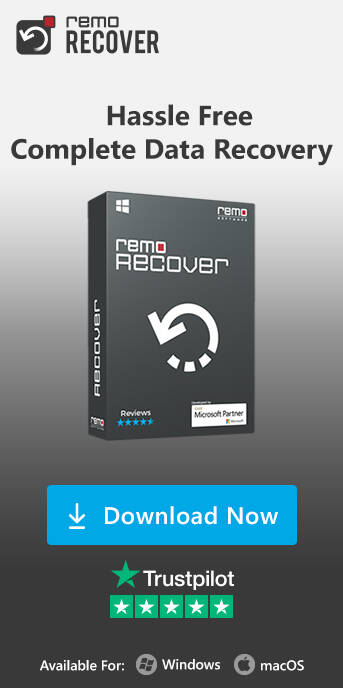What Is exFAT?
exFAT, which stands for Extended File Allocation Table, is an advanced version of the FAT32 file system. It is specifically designed for flash drives, such as memory cards and USB devices, and offers several advantages over FAT32. One notable advantage is its ability to support a greater number of files in each directory compared to FAT32.
exFAT was first introduced with Windows CE 6.0 and later included in Windows Vista SP1. It is compatible with various media devices, including portable media players and flat-panel TVs. It is supported by Operating Systems such as Windows Vista SP1, Windows Server 2008, Windows 7, Mac OS X Snow Leopard 10.6.5, and Mac OS X Lion. For Windows XP users, exFAT support can be added through a free system driver update (KB955704), which can be obtained from the Microsoft website.
One of the key advantages of exFAT is its ability to overcome issues related to free disk space calculation and fragmentation. It is typically used in scenarios where the NTFS file system is not suitable. exFAT is sometimes referred to as FAT64 due to its 64-bit architecture.
The exFAT file system driver provides options for formatting external devices with the exFAT file system, including features like cluster bitmaps for faster allocation, a contiguous on-disk layout, and improved file access through per-file contiguous bits.
Advantages of exFAT:
- Effective Space Management: exFAT excels in managing disk space efficiently.
- Support for UTC Timestamps: It supports UTC time stamps, ensuring accurate timekeeping.
- Large Capacity Hard Disk Support: exFAT can handle hard disks with substantial storage capacities.
- Free Space Bitmap Implementation: It uses a free space bitmap for improved free space allocation and deletion performance.
- Compatibility with TFAT and TexFAT: It supports both TFAT (Transaction-Safe FAT file system) and TexFAT (Transaction-Safe Extended FAT file system).
- Optional ACL Support: While optional, exFAT can incorporate Access Control Lists (ACL).
- Interoperability: exFAT facilitates easy file sharing and transfer between PCs and portable devices.
- Large Cluster Sizes: It allows for cluster sizes of up to 32MB.
- Overcoming 4GB File Limit: exFAT surpasses the 4GB file size limit.
- Customization: It offers OEM-definable parameters for tailoring the file system to specific device characteristics.
- Custom Extensions: Users can create custom extensions through template-based metadata structures, with persistence, even without knowledge of their format.
- Optimal Metadata Alignment: File system metadata is aligned on the optimal write boundaries of the device.
- Optimal Cluster Heap Alignment: The cluster heap is aligned on optimal write boundaries of the device, enhancing compatibility with flash media.
Disadvantages of exFAT:
- Licensing Policy: exFAT involves licensing due to Microsoft's patent claims, making it a non-open source technology.
- Incompatibility with Older Windows Versions: Devices formatted as exFAT cannot be used with Windows versions preceding Windows XP.
- System Driver Update for Windows XP: To use exFAT on Windows XP, a system driver update (KB955704) is necessary, which can be obtained from Microsoft.
- Lower Data I/O Performance: It may have lower data input-output performance compared to FAT32 due to smaller cluster sizes.
- Limited Files per Sub-directory: exFAT supports fewer files per sub-directory compared to NTFS.
- Limited OS Support: exFAT has either no support or limited support for Operating Systems other than Mac OS X and Windows.
Also Read: How to Recover Data From exFAT drives?
How To Use exFAT?
Using exFAT is straightforward and user-friendly. Here are the basic steps to format a storage device with exFAT:
- Plug your external storage device (e.g., USB drive) into your computer.
- Open File Explorer (Windows) or Finder (macOS) and locate your device.
- Right-click on the device and select "Format."
- Select "exFAT" as the file system type in the format options.
- Click "Start" or "Format" to begin the formatting process.
- The process may take a few moments. Once done, your device is ready with the exFAT file system.
Also Read: Difference between FAT32, exFAT, and NTFS.
Conclusion
In this comprehensive guide, we've explored everything you need to know about the exFAT file system. From its advantages to its practical applications, exFAT proves to be a versatile choice for handling large files and ensuring cross-platform compatibility. So, whether you're using it for your USB drive or external hard disk, exFAT is a reliable and efficient file system worth considering.
